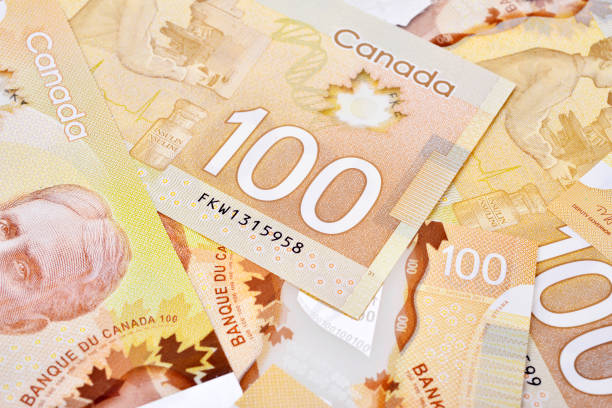
USD/CAD gains traction to near 1.4400 in Friday’s early Asian session.
Fed officials signal a rate cut caution, boosting the USD.
Trump’s tariff threats weigh on the Loonie, but a rise in crude oil prices might cap its downside.
The USD/CAD pair trades in positive territory for the fourth consecutive day around 1.4400 during the early Asian session on Friday. The cautious stance of the US Federal Reserve (Fed) continues to underpin the Greenback. All eyes will be on the US and Canadian labor market data for December.
The potential tariffs from the incoming Donald Trump administration have triggered inflation concerns and heightened expectations the US central bank will take a slower path of interest rate cuts this year, supporting the US Dollar (USD).
The latest Federal Open Market Committee (FOMC) minutes indicated that policymakers agree that the process could take longer than previously anticipated due to recent hotter-than-expected readings on inflation and the effects of potential changes in trade and immigration policy under President-elect Trump’s administration.
Traders will closely watch the development surrounding the likely trade war between the United States and Canada. On Thursday, Canadian Prime Minister Justin Trudeau said that he would definitely respond if Trump does impose tariffs. Meanwhile, higher crude oil prices could help limit the Canadian Dollar’s (CAD) losses as Canada is the largest oil exporter to the United States.
Canadian Dollar FAQs
The key factors driving the Canadian Dollar (CAD) are the level of interest rates set by the Bank of Canada (BoC), the price of Oil, Canada’s largest export, the health of its economy, inflation and the Trade Balance, which is the difference between the value of Canada’s exports versus its imports. Other factors include market sentiment – whether investors are taking on more risky assets (risk-on) or seeking safe-havens (risk-off) – with risk-on being CAD-positive. As its largest trading partner, the health of the US economy is also a key factor influencing the Canadian Dollar.
The Bank of Canada (BoC) has a significant influence on the Canadian Dollar by setting the level of interest rates that banks can lend to one another. This influences the level of interest rates for everyone. The main goal of the BoC is to maintain inflation at 1-3% by adjusting interest rates up or down. Relatively higher interest rates tend to be positive for the CAD. The Bank of Canada can also use quantitative easing and tightening to influence credit conditions, with the former CAD-negative and the latter CAD-positive.
The price of Oil is a key factor impacting the value of the Canadian Dollar. Petroleum is Canada’s biggest export, so Oil price tends to have an immediate impact on the CAD value. Generally, if Oil price rises CAD also goes up, as aggregate demand for the currency increases. The opposite is the case if the price of Oil falls. Higher Oil prices also tend to result in a greater likelihood of a positive Trade Balance, which is also supportive of the CAD.
While inflation had always traditionally been thought of as a negative factor for a currency since it lowers the value of money, the opposite has actually been the case in modern times with the relaxation of cross-border capital controls. Higher inflation tends to lead central banks to put up interest rates which attracts more capital inflows from global investors seeking a lucrative place to keep their money. This increases demand for the local currency, which in Canada’s case is the Canadian Dollar.
Macroeconomic data releases gauge the health of the economy and can have an impact on the Canadian Dollar. Indicators such as GDP, Manufacturing and Services PMIs, employment, and consumer sentiment surveys can all influence the direction of the CAD. A strong economy is good for the Canadian Dollar. Not only does it attract more foreign investment but it may encourage the Bank of Canada to put up interest rates, leading to a stronger currency. If economic data is weak, however, the CAD is likely to fall.
* The content presented above, whether from a third party or not, is considered as general advice only. This article should not be construed as containing investment advice, investment recommendations, an offer of or solicitation for any transactions in financial instruments.


